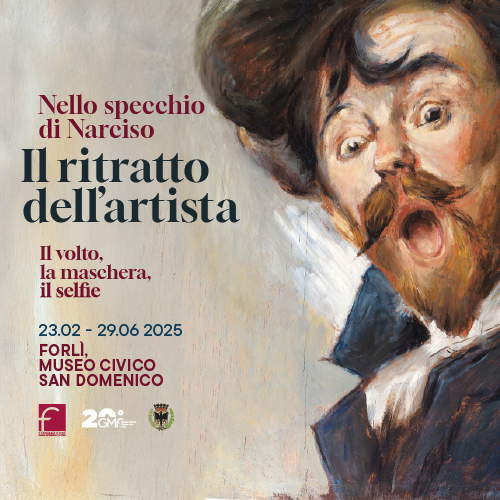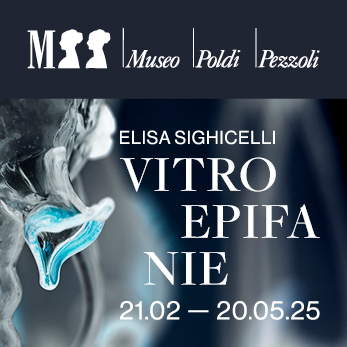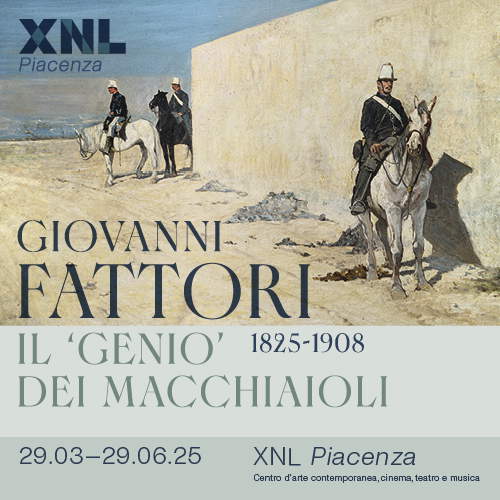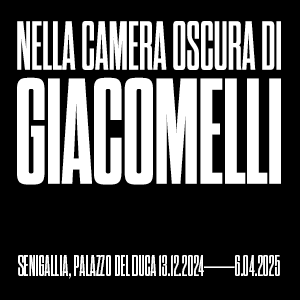Florence, Torrigiani's bust of the Redeemer restored and returned to Santa Trinita
In Florence, theOpificio delle Pietre Dure recently completed the restoration of the bust of the Redeemer attributed to Pietro Torrigiani (Florence, 1472 - Seville, 1528), an important Florentine Renaissance sculptor. After a lengthy intervention that required careful diagnosis, the work was returned to the convent of Santa Trinita in Florence, where it had been kept for centuries. The polychrome terracotta, of exceptional quality, underwent delicate treatment to consolidate the material and recover the original colors, which, though fragmentary, revealed extraordinary refinement, particularly in the face of the Redeemer.
Pietro Torrigiani, known for his impetuousness and for an episode that marked his career (the attack on Michelangelo, which cost the young Buonarroti the disfigurement of his face), is often remembered for his difficult character. However, in addition to being a restless artist, Torrigiano stood out for his talent and was appreciated not only in Florence, but also in England, at the Tudor court, and by the Spanish monarchy. The bust of the Redeemer, made between 1492 and 1495, represents a reinterpretation of the models of the artist Andrea del Verrocchio, from whom Torrigiano drew inspiration to create a figure that expresses a merciful superiority, but at the same time more earthly and communicative.
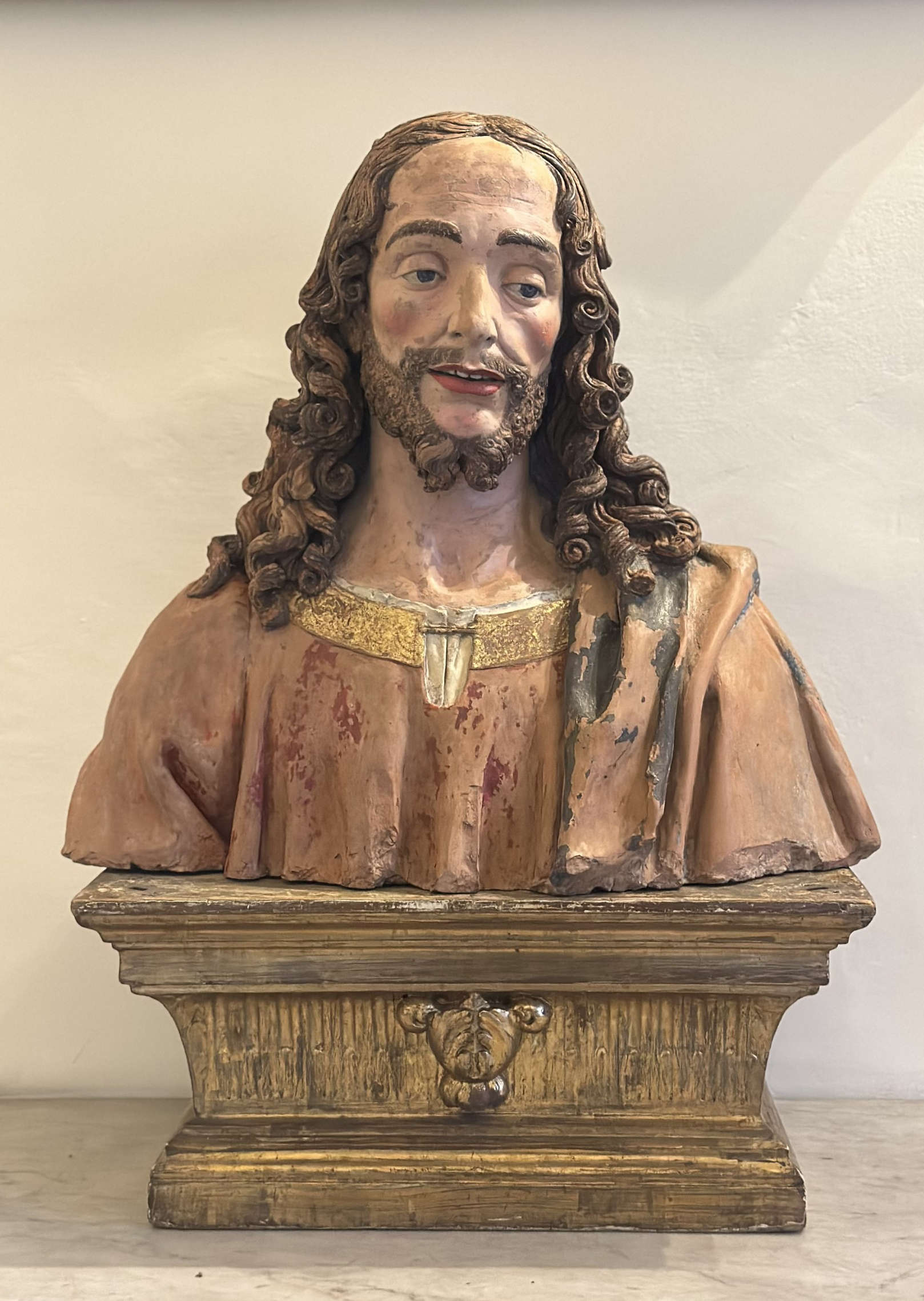
The restoration, directed by Laura Speranza and conducted by the restorers of theOPDF’s Ceramic, Plastic and Vitreous Materials sector, was preceded by an in-depth diagnostic campaign that allowed them to define the most suitable interventions to safeguard the integrity of the work. During the initial phase, students from the School of Higher Education (SAF) collaborated on the project, before the work was continued and completed by Chiara Fornari, technical director of the laboratory. The recovery project also had the supervision of the relevant superintendency, particularly Jennifer Celani and later Daniela Parenti.
One of the main problems faced during the restoration was the deterioration caused by humidity, since the terracotta had been placed in a niche in the crypt of Santa Trinita, a humid environment that had caused the loss of the original color and the progressive flaking of the material. The preservation of the bust’s details, such as the curls and robes, was compromised by visible falls of material, which were restored with great care. Despite these difficulties, the restoration allowed the recovery of the sculpture, with particular attention to the chromatic details of the face, which show the extreme finesse of Torrigiani’s execution.
“The intervention,” says Opificio Superintendent Emanuela Daffra, “has restored, at the same time, naturalness and expressive intensity to a sculpture with a very sensitive modeling that is no longer mortified by the footage. The quality of the work, always emphasized by studies but now more explicit, gives reason for its fortune, testified by numerous replicas.”
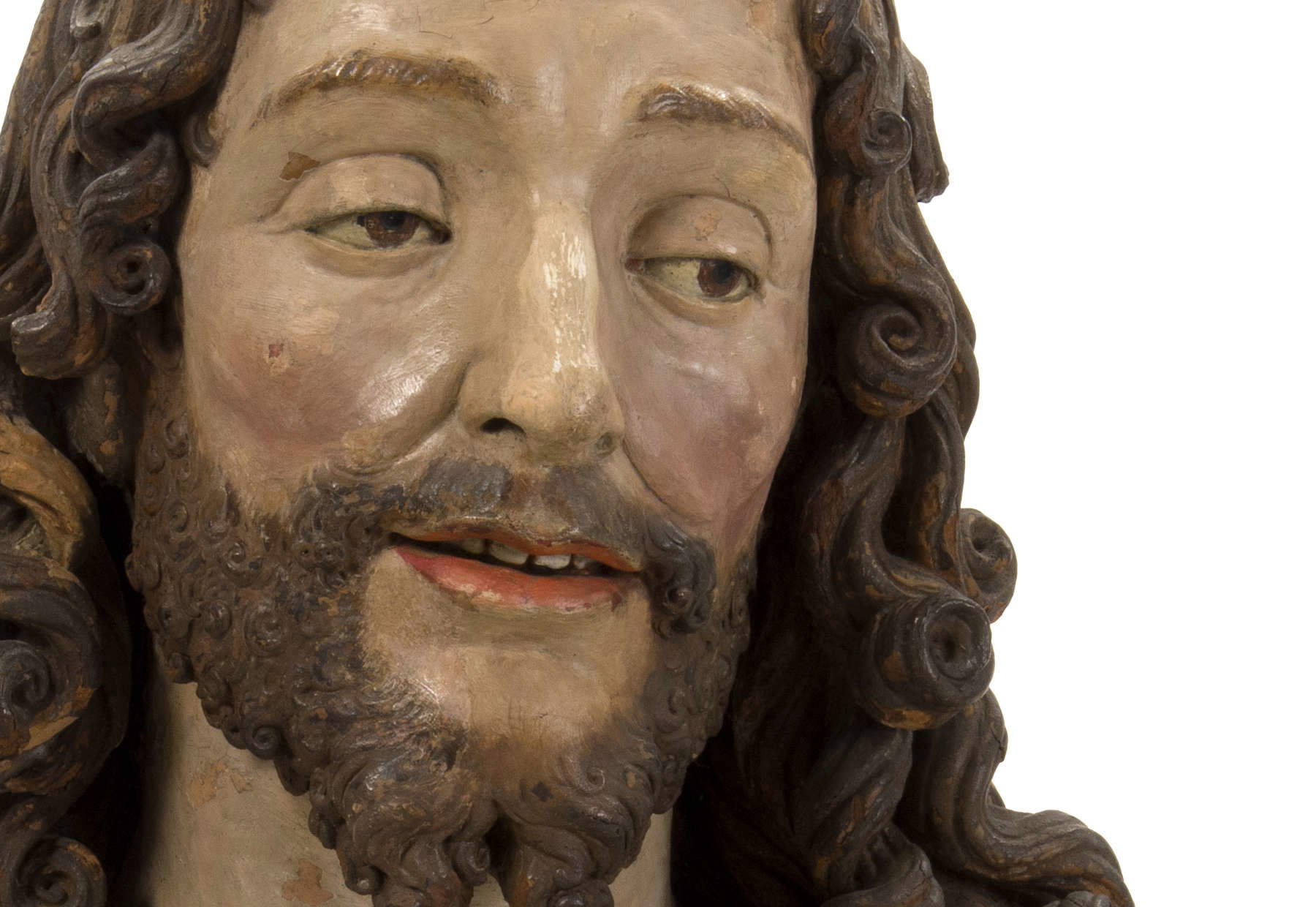
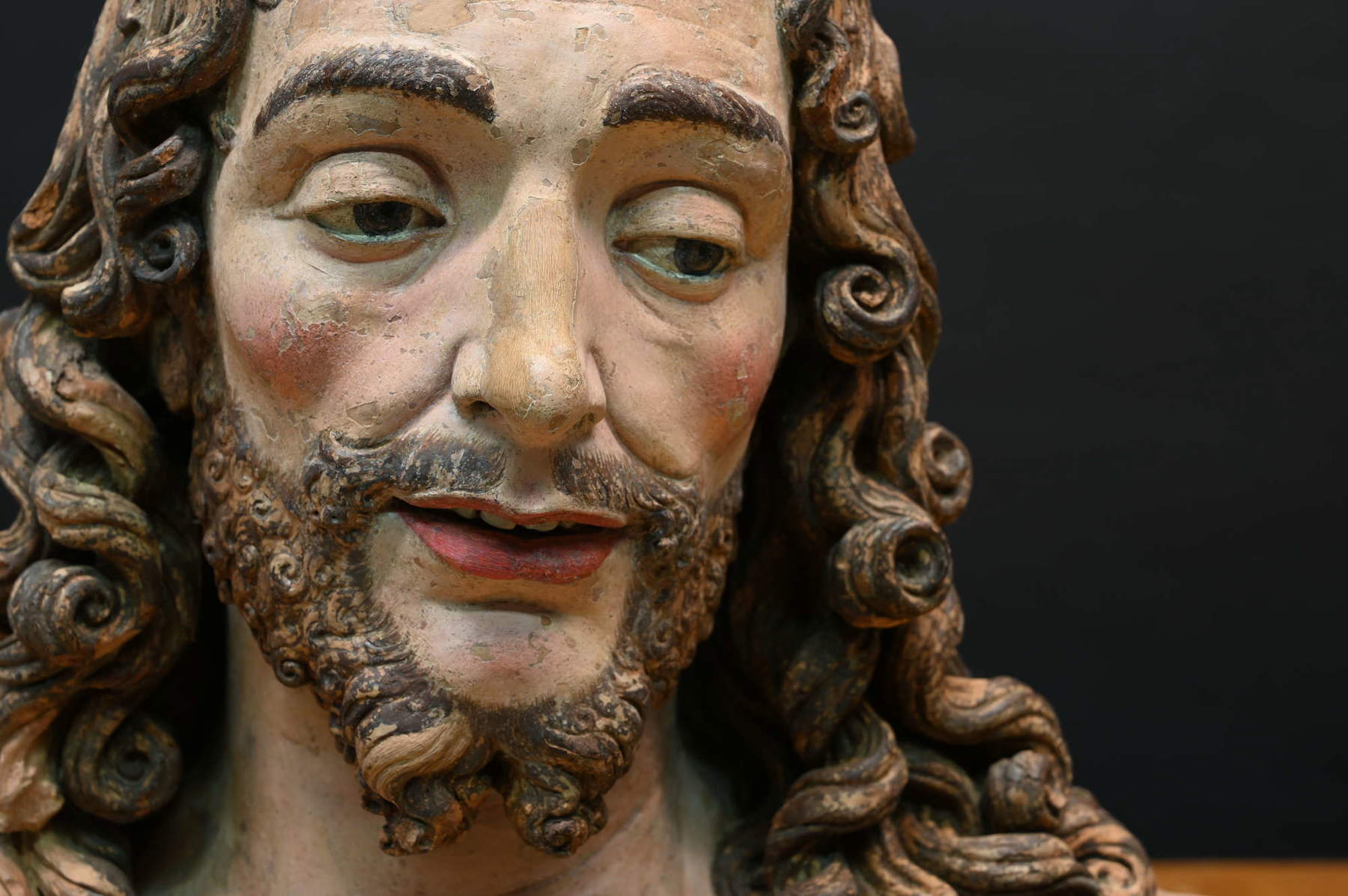
“Given the extent of the large gaps present on the drapery,” explains Laura Speranza, “it was decided to limit the additions on the ’flesh, also in consideration of the fact that the terracotta has a light color that does not disturb the vision. This choice also was dictated by the desire to maintain as much as possible the originality of the work with the bursting strength of its plasticity, recovered also thanks to the removal of the repainting of the splendid brown curls of the hair.”
On the occasion of the exhibition Verrocchio. Leonardo’s Master, held in 2019 at the Museo Nazionale del Bargello and Palazzo Strozzi, the bust of the Redeemer was displayed as an example of Torrigiani’s early period, between 1492 and 1495. This phase of his work has been interpreted as a reinterpretation of Verrocchio’s models, in which Torrigiano translates the idea of a merciful Christ the Redeemer into a figure that, while maintaining a profound spirituality, is closer to humanity and feeling, capable of communicating with the sensibility of the public.
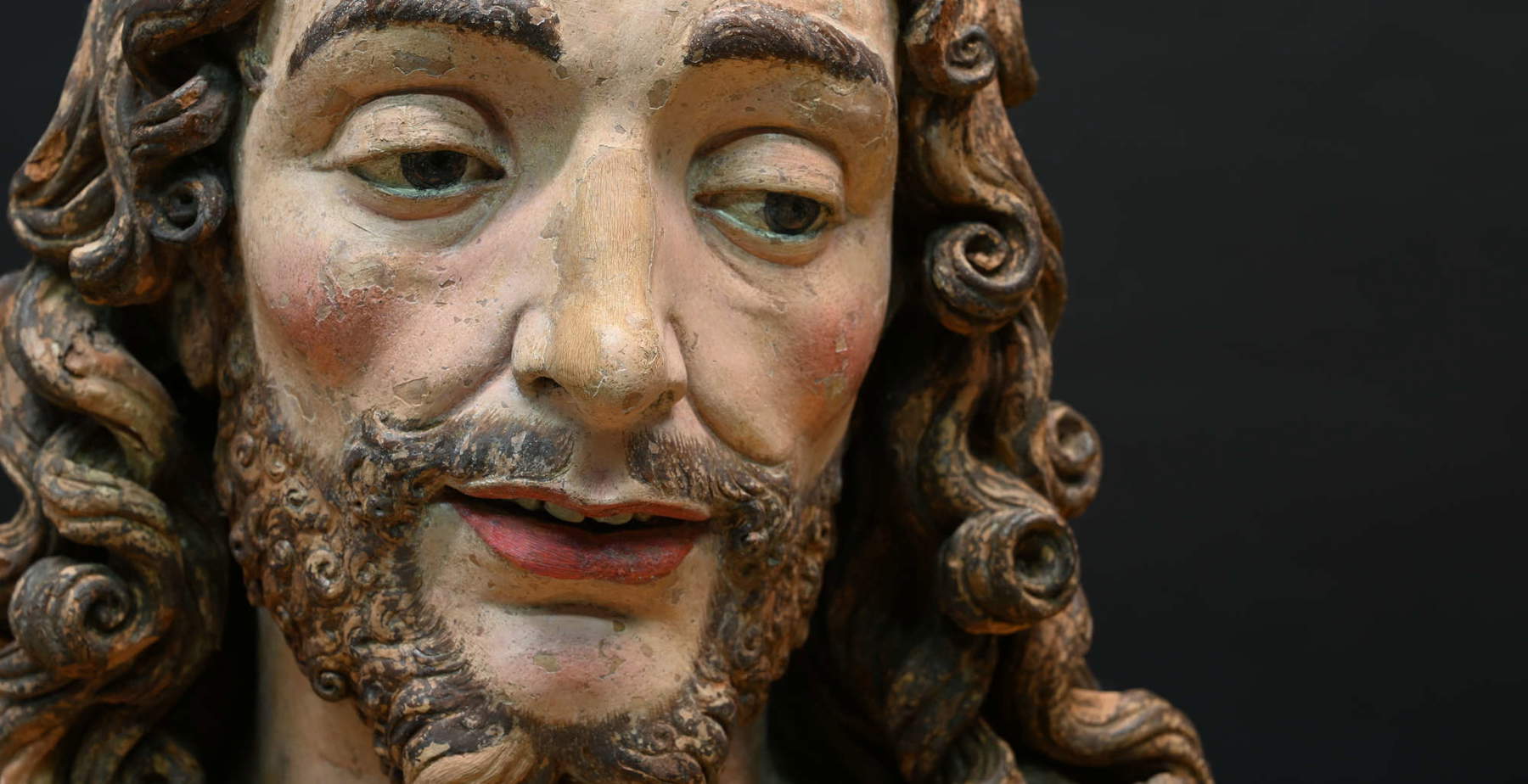 |
| Florence, Torrigiani's bust of the Redeemer restored and returned to Santa Trinita |
Warning: the translation into English of the original Italian article was created using automatic tools. We undertake to review all articles, but we do not guarantee the total absence of inaccuracies in the translation due to the program. You can find the original by clicking on the ITA button. If you find any mistake,please contact us.





